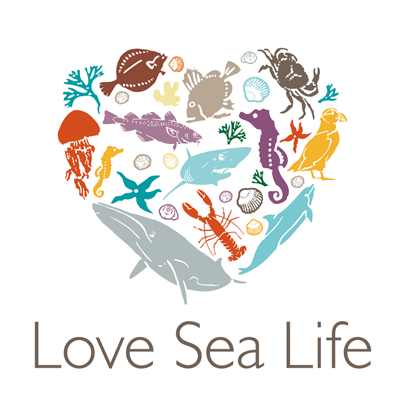Our seas are incredibly beautiful, and you don’t have to be a diver to spot some of their diverse wildlife.
One of the simplest ways to reconnect with the sea is to go for a walk at the beach. If you keep a careful lookout, you can catch sight of all sorts of creatures.
Sea Urchins
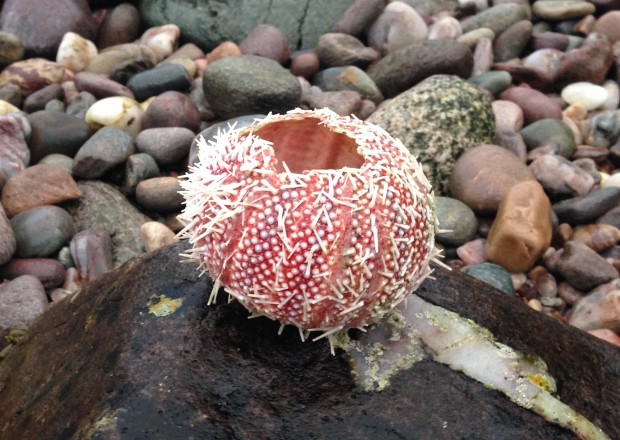
At first glance you might think this round, spiky ball is some sort of coral, but it’s actually the shell of a sea urchin.
Sea urchins come in shades of red, purple, muted green and brown, and float through the sea eating algae.
Their prickly spines protect them from predators such as wolf eels and sea otters. Many are venomous, and even the non-venomous spikes can cause infected wounds, so please look but don’t touch!
Crabs
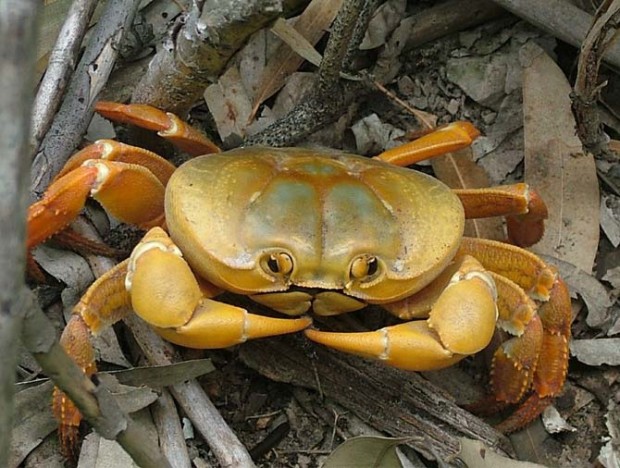
With thick, chalky shells, sharp claws, and a sideways walk, crabs are not just tasty, they are also display some of the most interesting behavioural patterns amongst molluscs.
They communicate with each other by drumming or waving their pincers, and group together to help find shelter and food for pregnant females.
They’re not fussy eaters; most species are omnivores, munching on algae, molluscs, worms, fungi, bacteria and general waste matter. Some even catch fish!
Sandworms
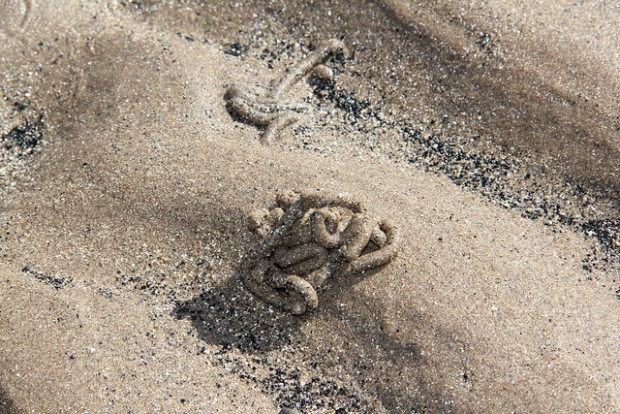
Although the sandworm’s coiled castings can often be found at the beach at low tide, the creatures themselves are seldom seen, except by fishermen who dig them up for bait.
Also called lugworm, these red coloured nematodes spend most of their life in their burrows, eating sand. They filter nutrients from the sand and then excrete it, which produces the characteristic cast.
Sandworms live for 5-6 years, and there can be as many as 100 in a square metre of beach!
Seaweed
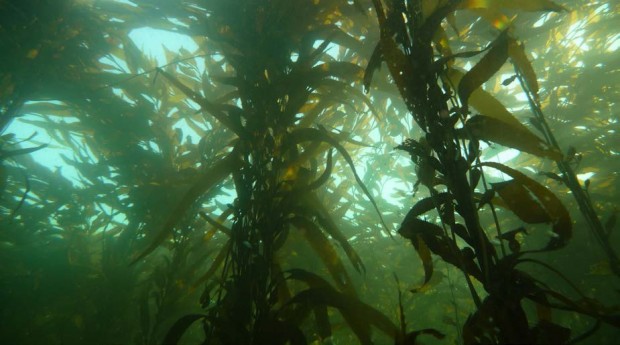
Seaweed is actually a type of algae. Humans use it in all sorts of things – in food as a thickener, in fertilisers, and even in make-up.
Most seaweed species need light and salty or brackish water to survive. Many types live in rock pools, and that’s why they feel so tough to the touch. They need to survive the elements, from wind and sea, to the hot sun that dries out the pools.
Barnacles
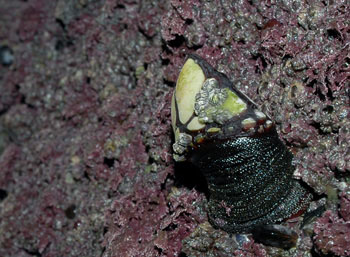
Barnacles are ‘encrusters’, which means they find a home by attaching themselves to rocks.
This happens when they are in the larval stage – after this they spend their entire life in one spot. Inside their shell, the barnacle beats its body rhythmically to draw in plankton and detritus to eat.
They’re rough and sharp, so take care to wear good shoes and avoid tripping when they’re around.
Rocks
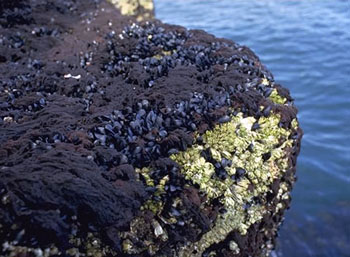
The rocks at the seaside are actually very interesting. We can separate intertidal rocks into low, moderate and high energy groups.
Low energy intertidal rocks are found in areas sheltered from prevailing winds and subject only to weak tidal streams. This means they provide a fantastic home for a wide range of life forms, from blade wrack to mussels.
In contrast, high energy intertidal rocks are right along the coastline, where they are continually battered by powerful waves. Amazingly, these rocks support communities of seaweeds, sponges and sea squirts, who choose this precarious home because there is little competition from other beings.
We’d love to hear all about your beach walks, and the marine life you see. Share your pictures with us by tweeting @DefraGovUK, and including #lovesealife.

